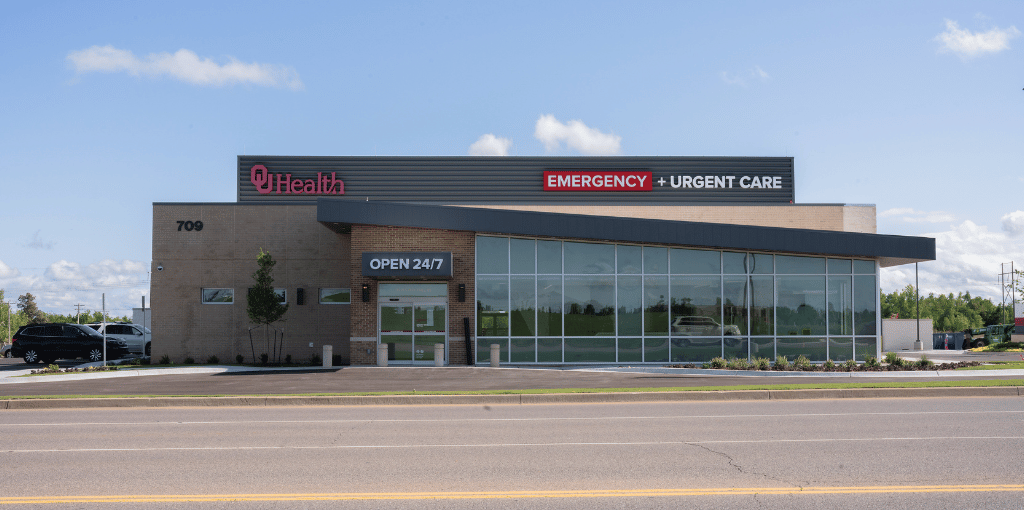Broken Bones: Types, Diagnosis and Emergency Care
- Category: Blog
- Posted On:

A compound fracture is when you have a broken bone that pierces the skin or is coming through an open wound. Also called an open fracture, this type of injury is usually a result of a traumatic injury or excessive force. All compound fractures are severe injuries.
Types of Compound Fractures
There are many types of bone breaks (fractures). Medical professionals classify compound fractures according to their type and severity by a grading system, also know as the Gustilo-Anderson Classification system. The grading can help determine the severity of the injury and the best course of treatment.
The grades are:
- Grade I Open Fracture. This type of fracture is the least severe and involves an open wound of less than one centimeter. A doctor may check if the wound is open by injecting a material and watching to see if it exits the wound.
- Grade II Open Fracture. This fracture type is more dangerous because it involves a wound over one centimeter.
- Grade III Open Fracture. These fractures are the most severe, and doctors distinguish this fracture level by three subtypes.
- Grade IIIA includes wounds with contaminated soft tissue or high-energy fractures.
- Grade IIIB includes exposed bone due to soft tissue damage or loss. Patients may need a skin graft called a flap.
- Grade IIIC includes the need for vascular intervention.
Compound fractures are often complex injuries or may involve more delicate areas of the body that do not fit the grading system well. Fractures can take months to heal months to heal as broken bones “knit” back together when new bone is formed between the broken parts.
How Doctors Diagnose Compound Fractures
If you have a broken bone and you can see the bone through an open wound, you have a compound fracture. Medical professionals use several diagnostic tests to determine the severity of the fracture. When you have this type of traumatic injury, the doctor will check the surrounding tissue for any nerve damage. The doctor will also assess the temperature and the color of your skin near the wound and your pulse.
Diagnostic testing, like an X-ray, can help the doctor get a complete picture. Other tests like magnetic resonance imaging (MRI) or computed tomography (CT) scan can also show the fracture's type and severity.
Potential Complications of Compound Fractures
A compound fracture is a very painful injury. Most people seek emergency care and cannot use the part of the body with this kind of fracture. Some dangerous conditions can result from this injury.
Because there is an open wound, infection can happen quickly. These injuries also take much longer to heal and, even with care, can become infected, further prolonging your recovery. In some cases, an infection can cause permanent damage or even result in the loss of tissue or a limb.
Compartment syndrome happens when the tissue surrounding the compound fracture swells so quickly and so much that it injures muscle and nerve tissue. Untreated compartment syndrome can result in necrotic (dead) tissue and permanent damage. If compartment syndrome develops, you need emergency surgery to relieve the pressure.

Get Emergency Care for Compound Fractures at OU Health ER & Urgent Care
Your compound fracture needs immediate medical attention. At OU Health ER & Urgent Care, you'll find both ER and urgent care services under one roof. When you're not sure if you need emergency care or urgent care, you don't need to decide. Just walk into an OU Health ER & Urgent Care location near you for the appropriate level of care.
Our combined emergency room and urgent care facilities come fully equipped to handle everything from allergies, colds, flu, sprains, cuts and scrapes to chest pain, appendicitis, complex fractures and more. An onsite laboratory, X-ray, ultrasound and CT scanning ensure you receive prompt, accurate diagnosis and the right level of care.
Walk in any time for OU Health emergency (ER) services 24/7 or urgent care every day from 7 a.m. to 8 p.m.


.png)
